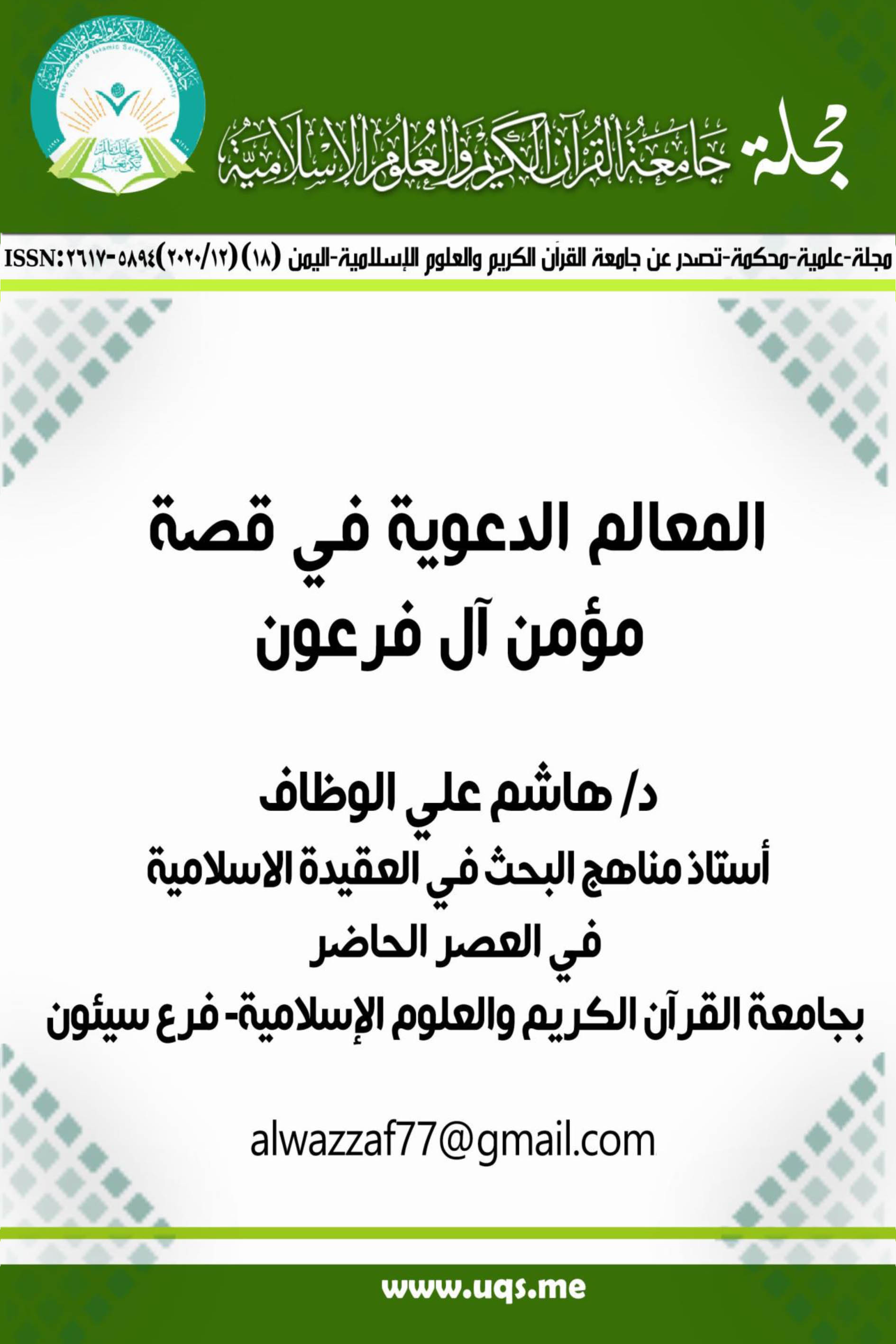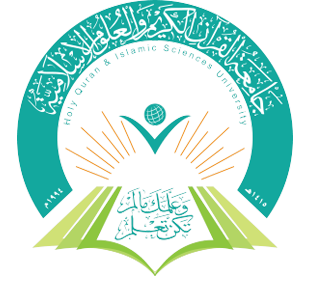Preaching landmarks in the story of a believer in the family of Pharaoh
DOI:
https://doi.org/10.61821/80hj4k35Keywords:
the believer, Pharaoh, millstones, CallingAbstract
The story of the believer in Pharaoh's story (as narrated in the Quran)
is considered as a distinct applied model for Islamic callers. His
character is distinguished by many great qualities and he has carried
out many great deeds. This research paper aimed at introducing him
and the preaching milestones that his story stands for and alerting the
preachers to the importance of applying those millstones enlighten
the preachers and to serve the Islamic calling institutions to present an
easy-to-inform ، authentic and distinctive Islamic material.
based on the use of the inductive descriptive methodology،
As for the preface، the researcher explained the concept of the Islamic
calling، the concept of the preaching milestones، and the introducing
of the believer in the story of the Pharaoh. Whereas the first section
discussed the deeds of the believer of the Pharaoh story، the second
section shows the outstanding characteristics of the Islamic calling
and the subsequent extracted lessons such as the firmness of faith ،
courage knowledge، wisdom، dialogue، and gradualism.
Among the significant results of this paper :The importance of the
roles played by the believer in the Pharaoh story; the importance of
the calling millstones emerging from his story and the roles they
played in the success and expansion of the Islamic calling as well as
the need of communities today for preachers to have his qualities and
to imitate him.
The Conclusion presents many recommendations including inviting
the preachers to represent and stand for these landmarks and applying
them theoretically and practically، and to reflect more on the Qur’anic
stories to extract their treasures. The Islamic institutes، educational
schools and research centers should uphold and teach the Qur’an
stories to the people working in the field of Islamic calling and
preachers
Downloads

Downloads
Published
Issue
Section
License
©This article is an open access article distributed under the terms and conditions of the Creative Commons Attribution (CC BY) license



